After-Hours Tour of the Fraunces Tavern Museum: "Path to Liberty"
Explore a new exhibit inside the oldest building in Manhattan, a witness to history throughout the Revolutionary War Era!



Besides the phenomenal economic success that Shenzhen has achieved over the last 30 years, the city also strives to pronounce itself as a city worth visiting. Walking along the underground corridors on the way to the subway, one can often see posters shouting out the top tourist destinations in Shenzhen. One of them is Chung Ying Street (or Zhong Ying Jie in Mandarin). It is portrayed by the state media as “a place of national pride.” While it remains questionable as to how much of a national pride Chung Ying Street is for the locals and the rest of the inhabitants in Shenzhen, the street undoubtedly marks an important presence amongst the urban memories of the city.
Chung Ying Street is located in a small border town called Sha Tau Kok (Sha Tou Jiao in Mandarin) in Yantian, one of Shenzhen’s eastern districts. Sha Tau Kok was split into two parts (British Hong Kong side and the Chinese Mainland side) as a result of a Convention between the United Kingdom and China, respecting the extension of Hong Kong territory signed in June 1898, as part of the series of unequal treaties after China’s defeat in the Opium Wars. Chung Ying Street lies exactly where the Hong Kong side and the Mainland side meet.
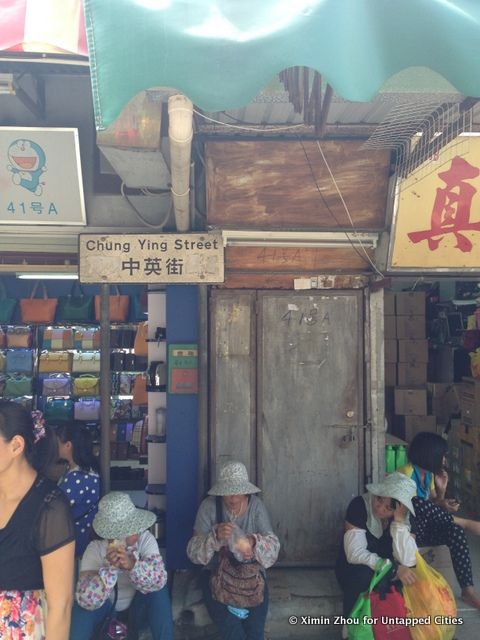
The geographic position of the 250-metre-long street thus renders its being split and ruled under two different administrations. “One street, two systems” became the most famous characteristic of Chung Ying Street. Sha Tau Kok in Shenzhen is a special zone within a special zone. The town itself it guarded by the local police. As the local residents of Sha Tau Kok are granted a free pass to come and go as they wish, visitors are required to obtain a permit which can be obtained on the day of travel, before their entry.
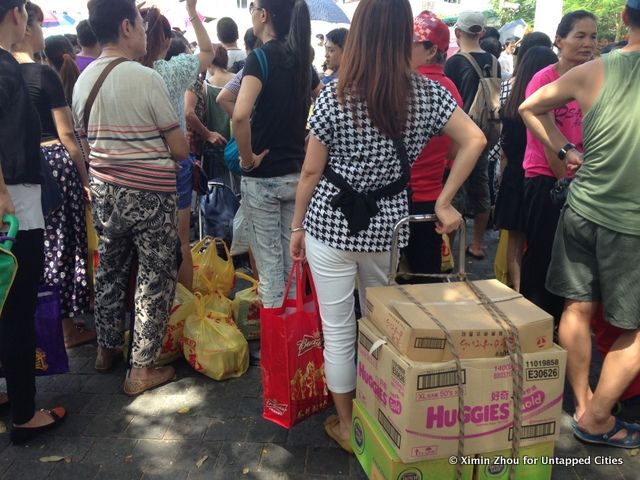
Chung Ying Street used to be the place during the 1990s where people bought foreign goods such as watches, clothes as well as other daily necessities. The street enjoyed a great deal of economic success during the time when traveling from the Mainland to Hong Kong was strictly restricted. However, as the borders between Hong Kong and Shenzhen were opening up, the street saw a decline in visitors and traders. In recent years, while the street remains a shopping destination, it has also been rebranded as a tourist destination enriched by its socio-political history.
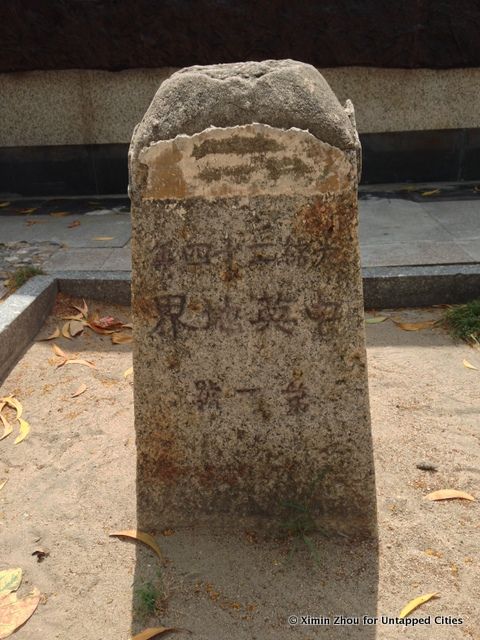
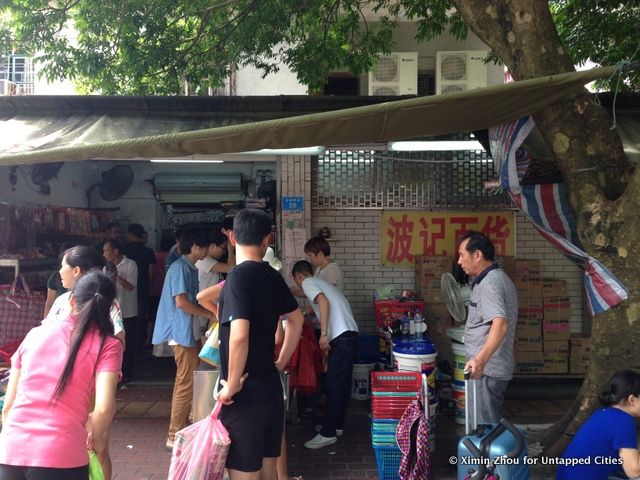
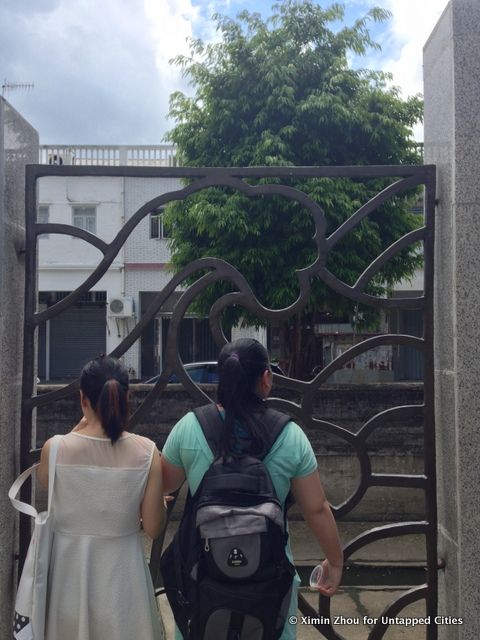
The popular knowledge of the street is, however, limited to its being a street of commerce. The social dimensions of the street are lesser known to the general public. According to the local photographic archives, during the Cultural Revolution (1966-1976), the Hong Kong side of Sha Tau Kok experienced a massive influx of Chinese refugees coming from the Mainland. For those who struggled to integrate in the new way of life in Hong Kong, refugees and the families they left behind often gathered at the border, shouting greetings at each other as a way of easing homesickness. This phenomenon continued until the end of the Cultural Revolution.Although cross-border shouting no longer existed, it remained in the memories of those who lived through the emotional times.

Nonetheless cross-border activities remain active today, albeit in a different form. Illegal cross-border traders have become a public secret in Sha Tau Kok as well as other border points between Shenzhen and Hong Kong. Despite the on-going police track down on both administrative sides of the town, cross-border trading activities remain active. On the part of the cross-border traders, they actively devise ways to avoid being caught. One example is the establishment of a new economic relation between traders and visitors. Nowadays, some traders remain in Chung Ying Street and buy goods on regular basis. In order to save the time on crossing the border as well as avoid being caught, traders often approach visitors who are exiting Sha Tau Kok to carry their purchase across the borders with cash payment which usually comes to about $2-$5. This kind of activities takes place and repeats at all time when the border is open.
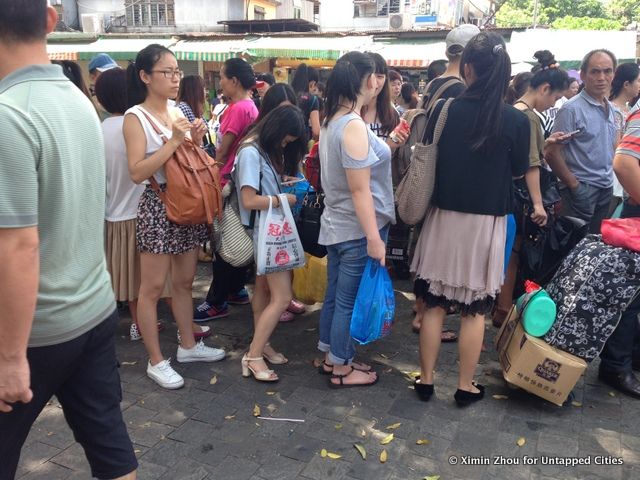

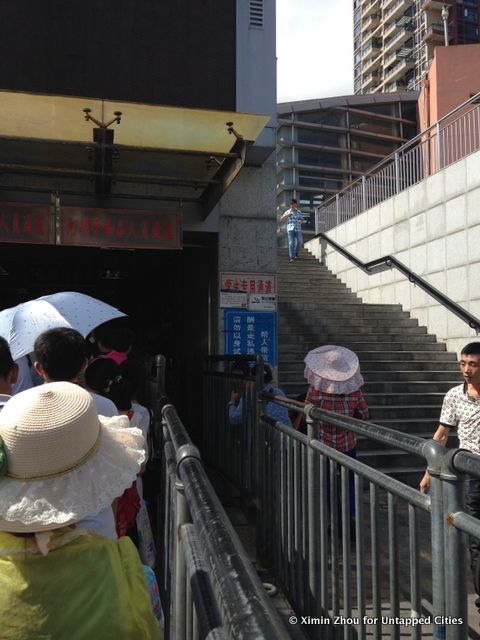
It is inevitable that a street such as Chung Ying Street goes through the cycle of prosperity and decline. Although the street itself is under the tight control of the administrations, different ways of life and economies are manifest for an urbanite. What the street offers is not only its being a shopping paradise, but also a glimpse of what life is like on the border for both Hong Kong and the Mainland residents of Sha Tau Kok.
Read also about the lost Kowloon Walled City, controlled by neither China nor the British.
Subscribe to our newsletter